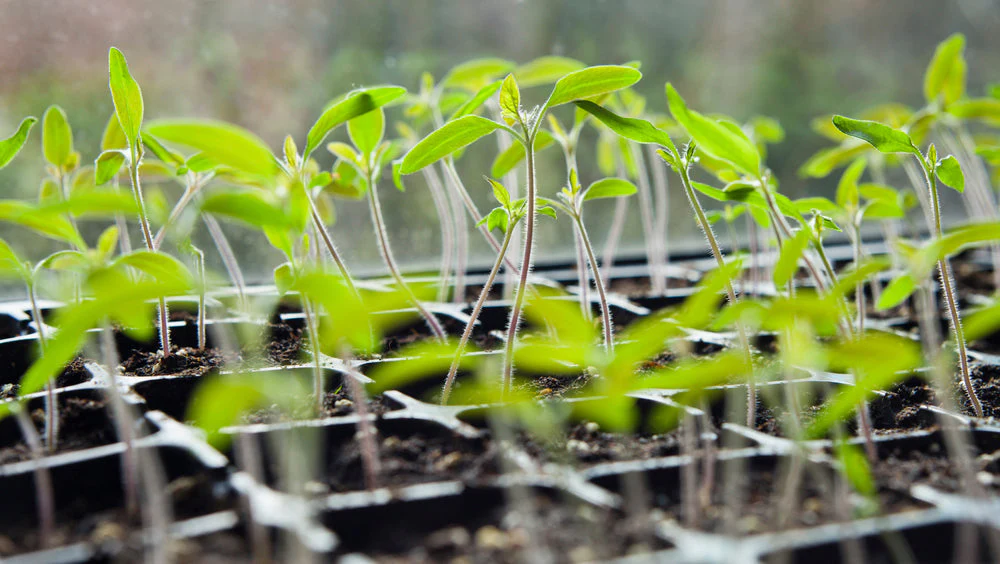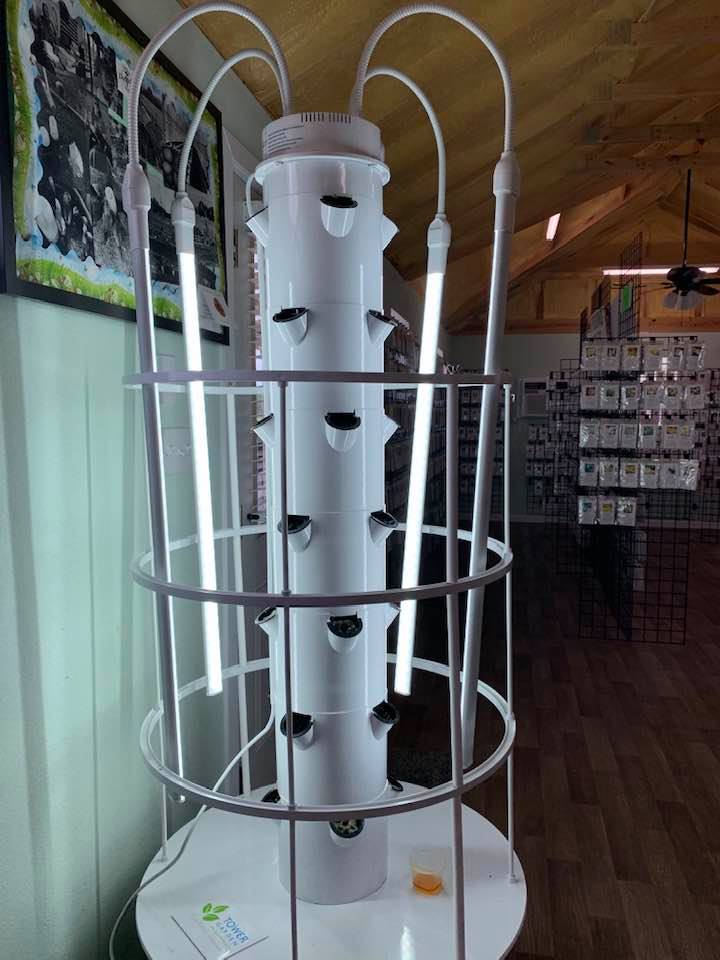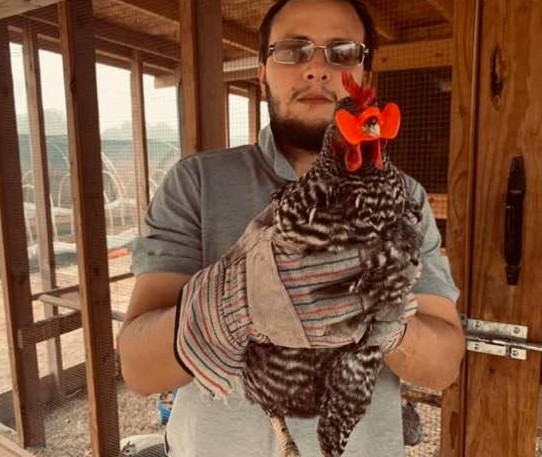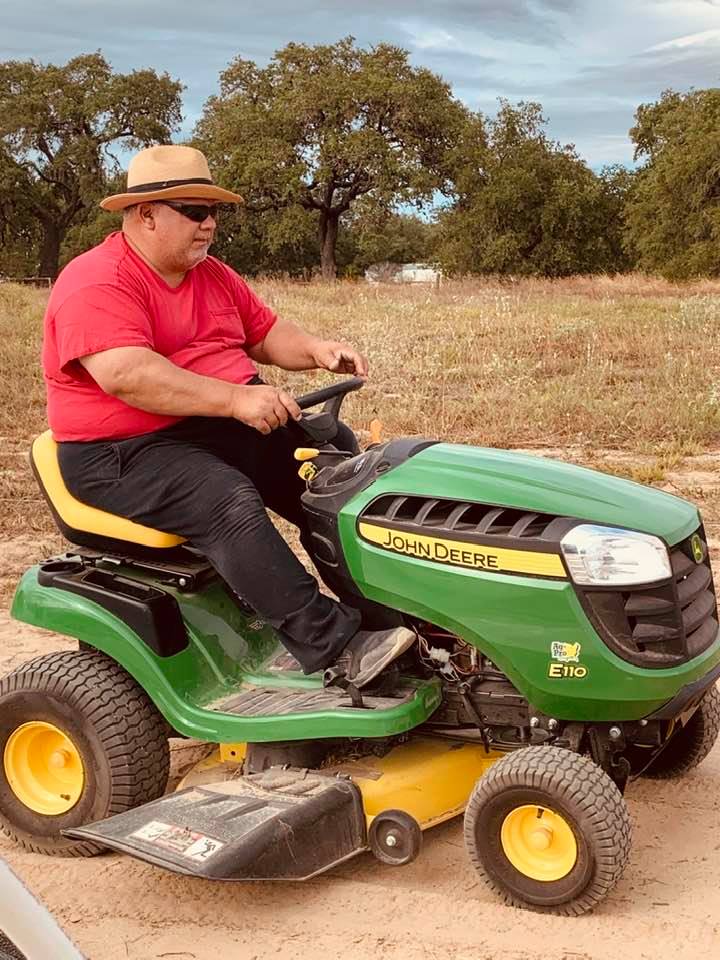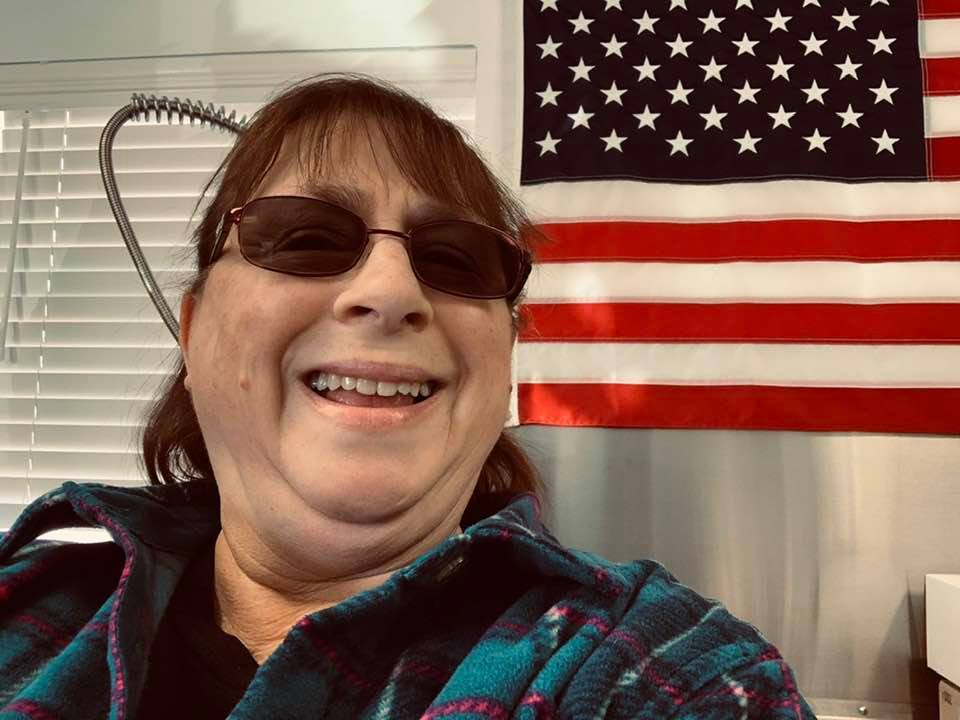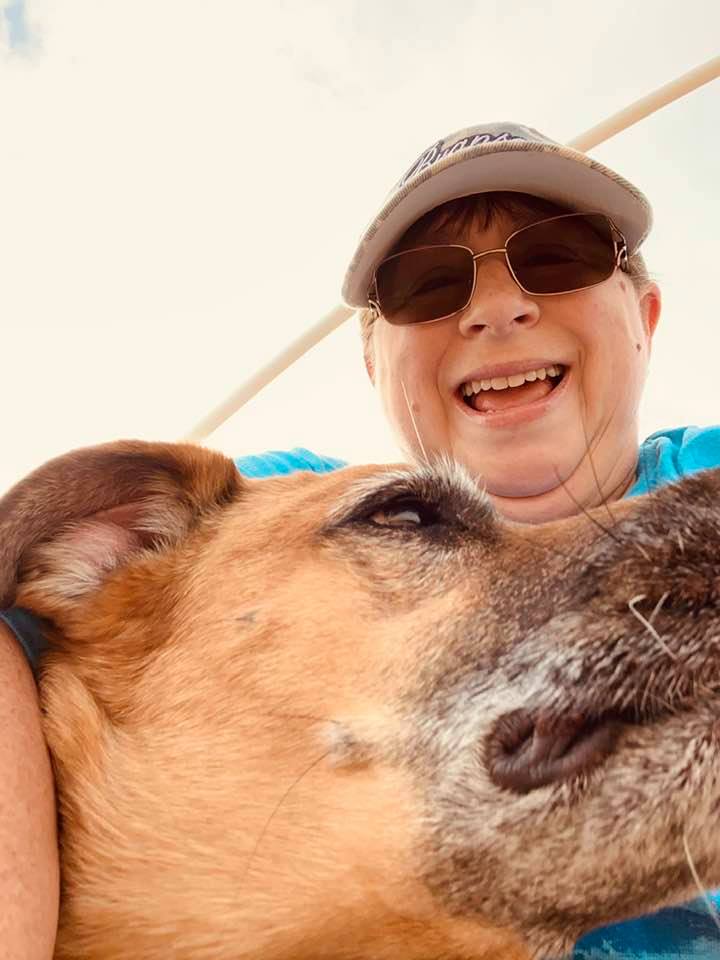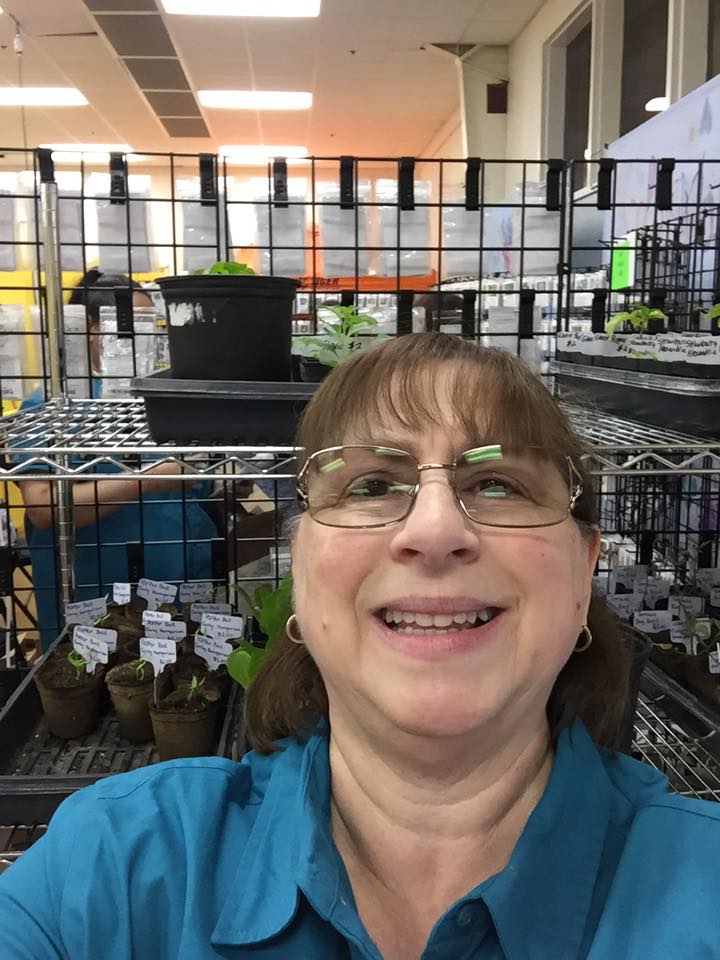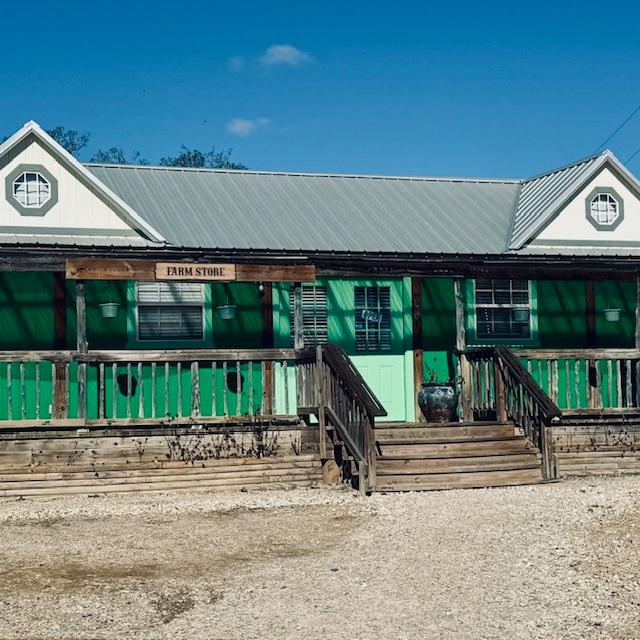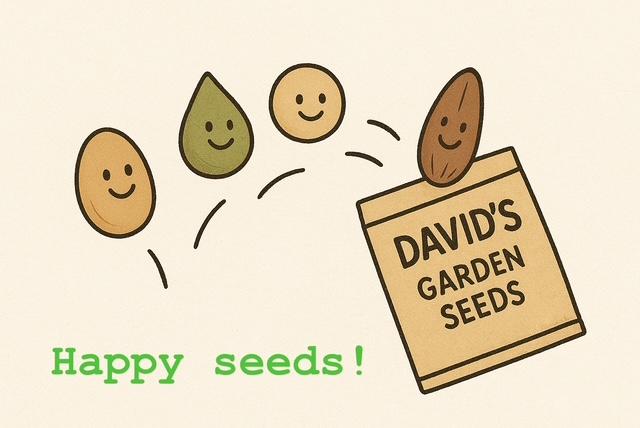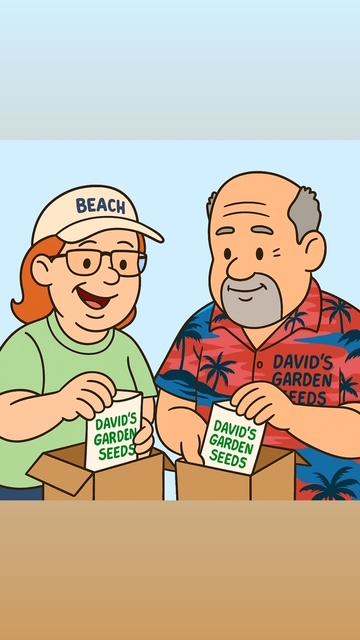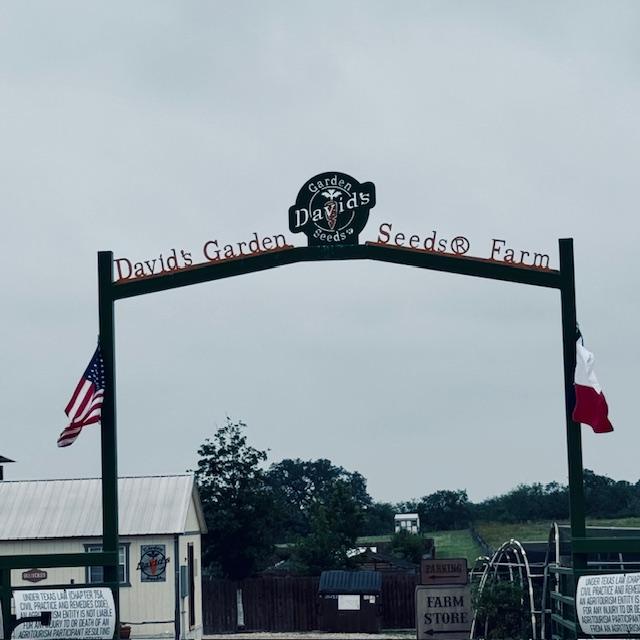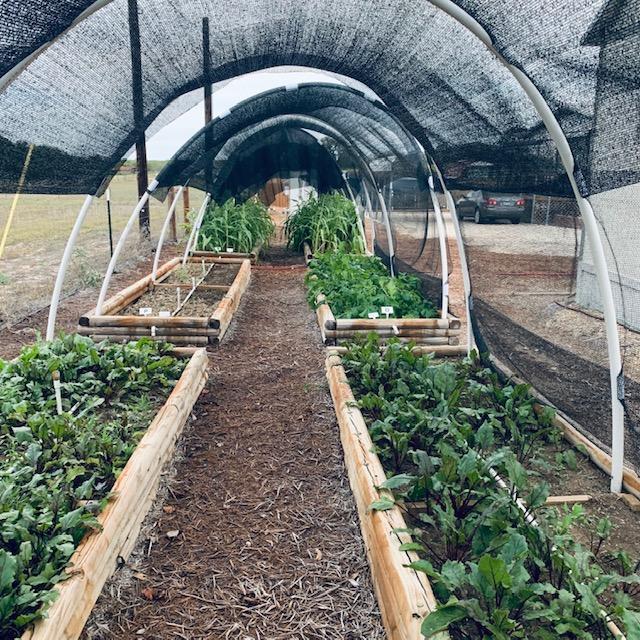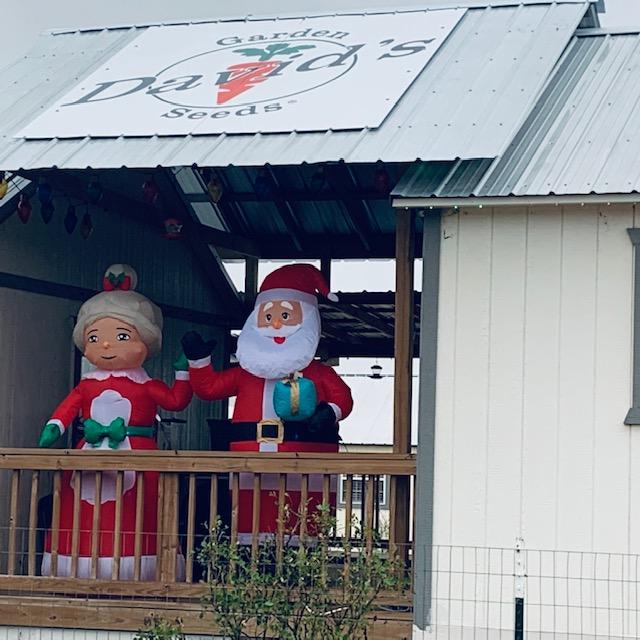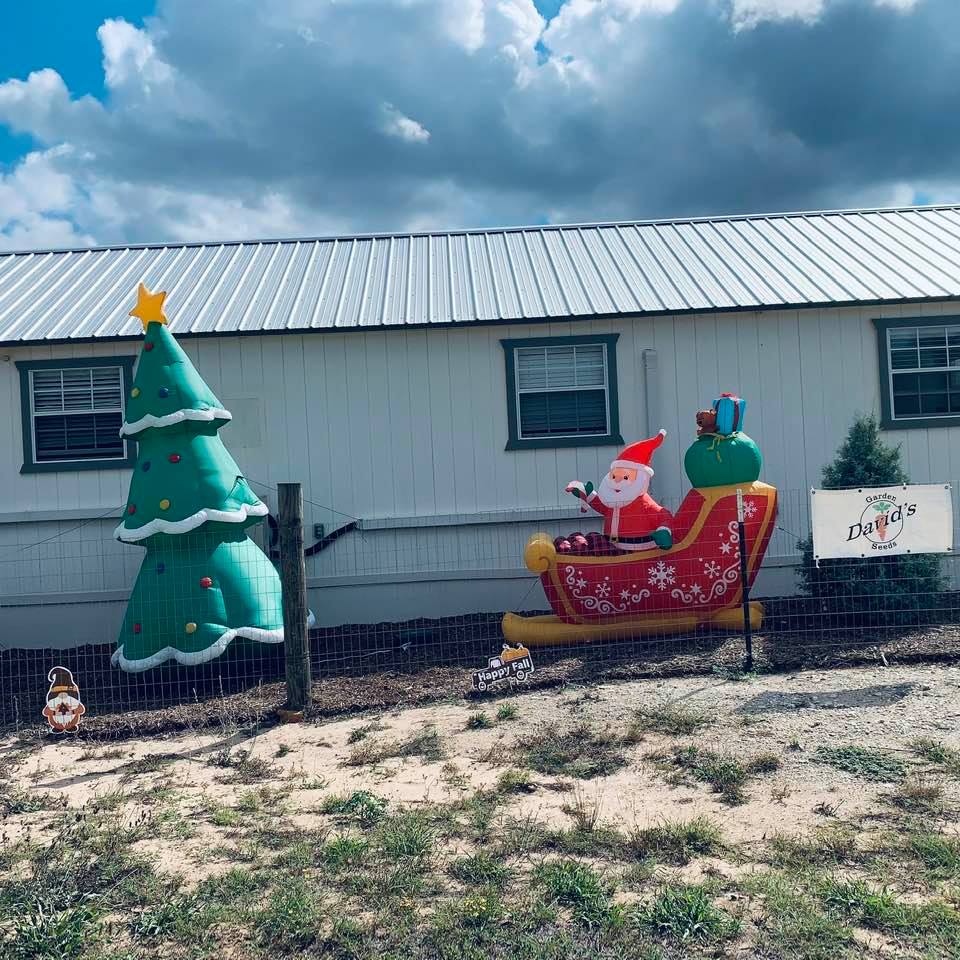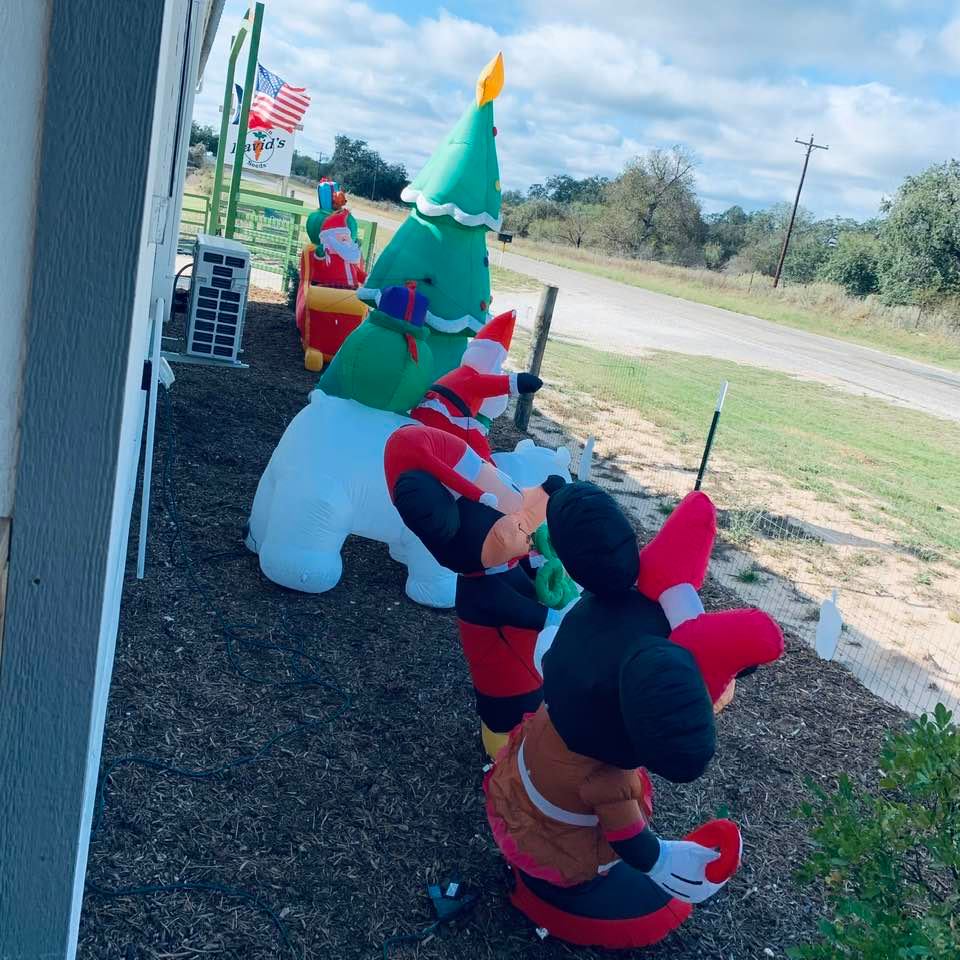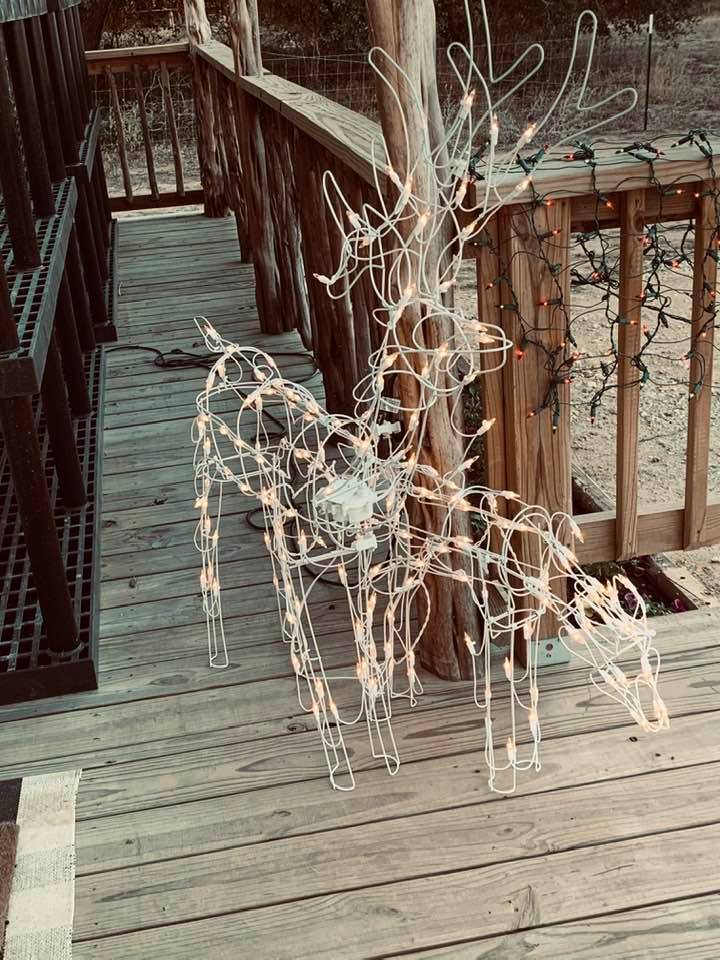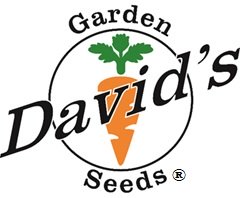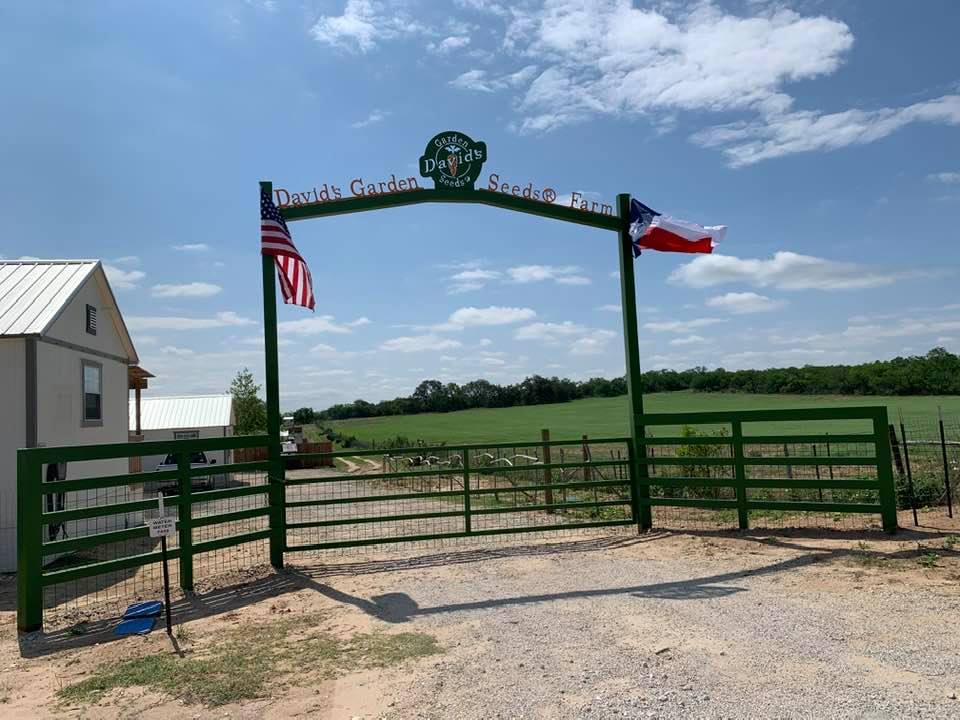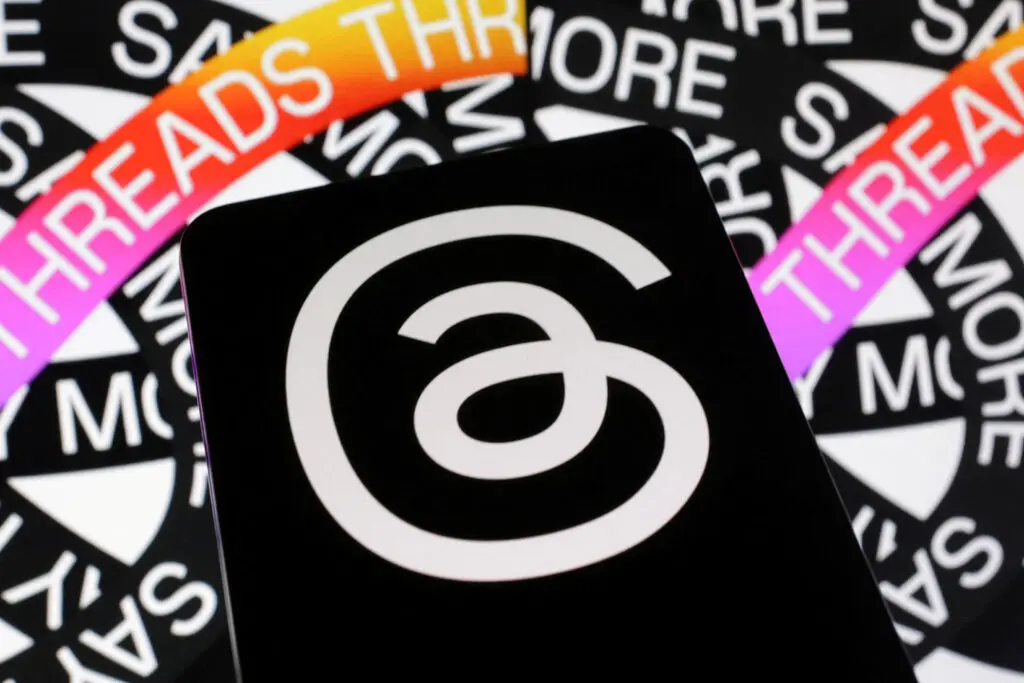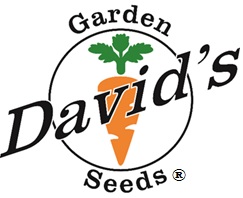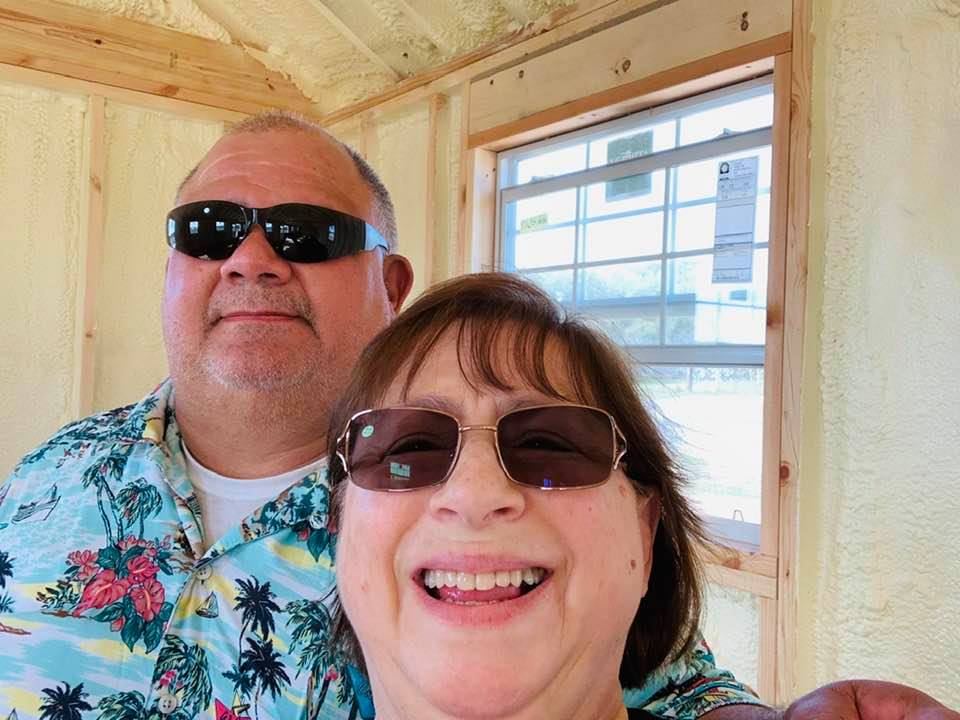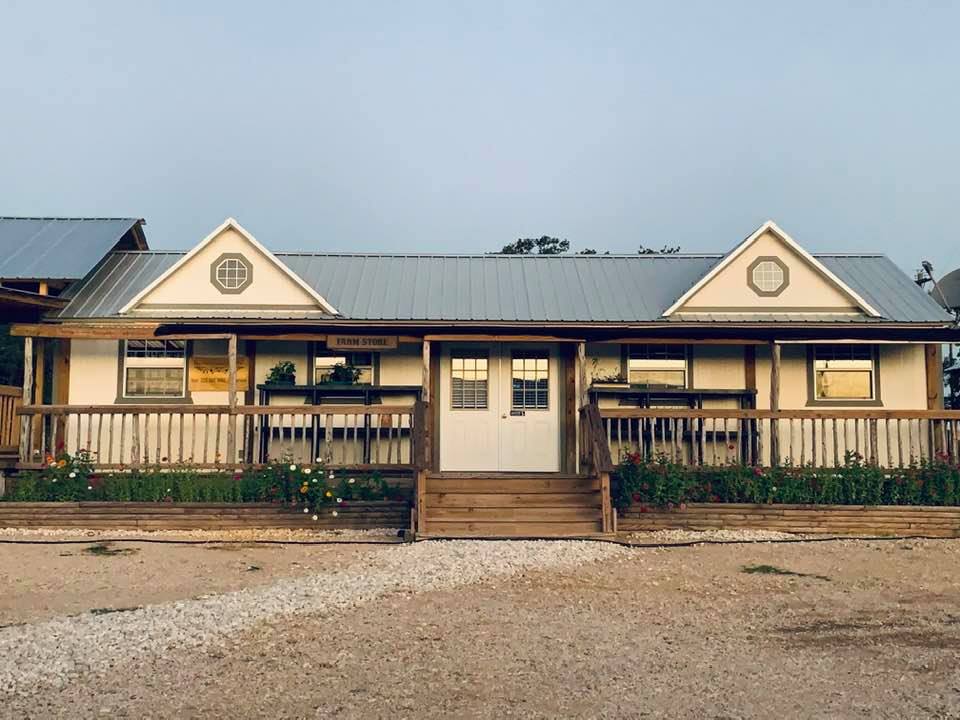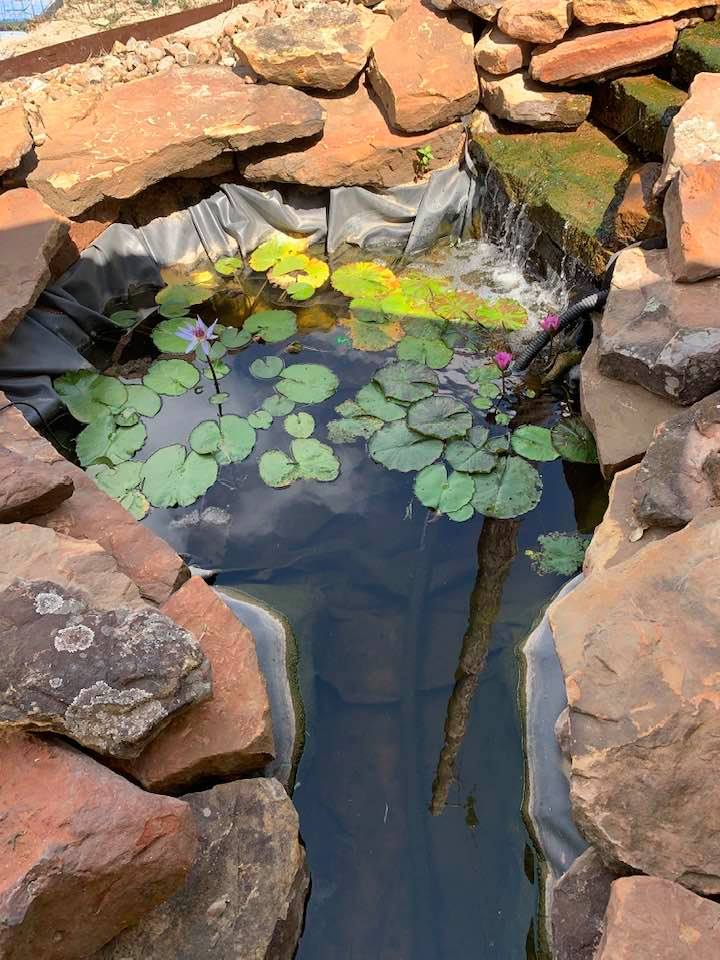Starting Seeds Inside
This article was written by David this morning, May 14, 2023 after receiving more messages from people starting seeds inside in total darkness or in the refrigerator in a moist paper towel in a plastic bag. Yes, we really do get messages from people like this. They want their money back because they did an experiment shown on YouTube that failed miserably. We sell good seed and we never suggest conducting experiments on our seeds. We want you to plant them in warm soil outside with plenty of light and water so they will grow and produce food, flowers, or herbs depending on what you are planting.
The amount of people falling for these gardening experiments just floors us. Honestly, if they would put down the phone and go plant the seeds about one quarter of an inch in the ground, they would see good results provided the ground is warm enough, the soil is good, there is enough sunlight, and they water enough, but not too much.
Starting seeds inside is not for the faint of heart. In fact, we really don't recommend it. Too many people stick their pots in a windowsill with too little sun and then complain when they don't germinate or they grow tall and leggy looking for light and then die.
Starting Seeds Inside
Are you ready to kick start your gardening season by starting seeds indoors? Follow these expert tips to ensure a successful and bountiful harvest. Keep in mind that you are trying to mimic outside growing conditions. Here we go!
1. Choose the Right Containers
Opt for containers that provide good drainage to prevent waterlogged soil. Consider using seed trays, peat pots, or recycled containers with drainage holes.
2. Use Quality Seed Starting Mix
Invest in a high-quality seed starting mix to provide the necessary nutrients and aeration for seedlings to thrive. Avoid using garden soil, as it may contain pests and diseases. Potting soil does not work very well when germinating seeds.
3. Provide Adequate Light
Use grow lights to ensure they receive 14-16 hours of light per day. Rotate the trays regularly to promote even growth. Make sure the light turns off for a few hours a day.
4. Maintain Consistent Moisture
Keep the seed starting mix consistently moist but not waterlogged. Use a spray bottle or watering can with a fine hose attachment to avoid disturbing delicate seedlings.
5. Monitor Temperature and Humidity
Most seeds germinate best in temperatures between 65-75°F. Use a seedling heat mat to maintain consistent warmth and a humidity dome to create a greenhouse-like environment. But watch out and make sure that it does not get too hot under the dome or create too much moisture.
6. Practice Thinning Seedlings
Once your seedlings have developed their first set of true leaves, thin them out to provide adequate space for growth. Snip off the weaker seedlings at soil level to avoid disturbing the roots of the remaining ones.
7. Harden Off Seedlings
Before transplanting seedlings outdoors, gradually acclimate them to outdoor conditions by exposing them to sunlight, wind, and fluctuating temperatures. Start with a few hours a day and gradually increase exposure over a week.
By following the seven expert tips above for starting seeds indoors, you'll be on your way to a successful gardening season with healthy and robust plants ready for the great outdoors.
Back in 2014, we opened our first store front at Trader's Village in San Antonio where we sold seeds and plants on the weekends. The rest of our business, David's Garden Seeds®, ran from our home. It was started in 2009. I started many seeds in my home to sell on the weekends. I had a huge amount of grow lights, heating mats, little pots, good germination soil, fertilizer, trays, growing stands with multiple shelves, and domes. I spent hundreds and hundreds of dollars buying the right equipment so I would be able to grow good plants.
I have seen what happens when you don't use a grow light and when you don't use one correctly. Each type of seed needs the grow light placed a bit differently so each tray of seeds you start needs a different shelf with a different grow light.
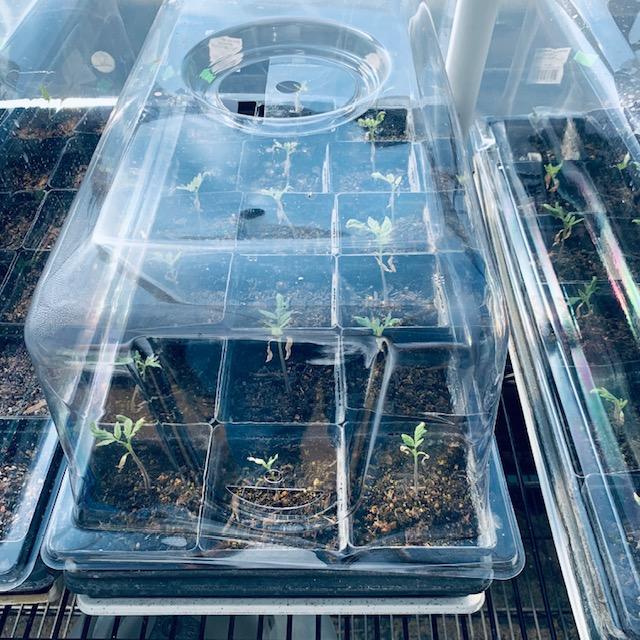 When starting seeds inside, plant them under a grow light, not by a window. Either use a heat mat or a clear plastic dome, but not both.
When starting seeds inside, plant them under a grow light, not by a window. Either use a heat mat or a clear plastic dome, but not both.I wanted to take a few minutes and give some insights when starting seeds inside a dark room. I have had a number of complaints this year about seeds not germinating. We do not do any sort of refunds or replacements for the seeds we sell. They are good seeds.
There are many things that can go wrong when planting no matter how long you have been gardening. When someone complains that the seeds did not grow, I ask for their growing details and pictures. Most people will send them and about 98% of the time we can see what the problem is. I am not an expert, in anything actually, but there are some areas that I am stronger in than others.
Starting Seeds Inside
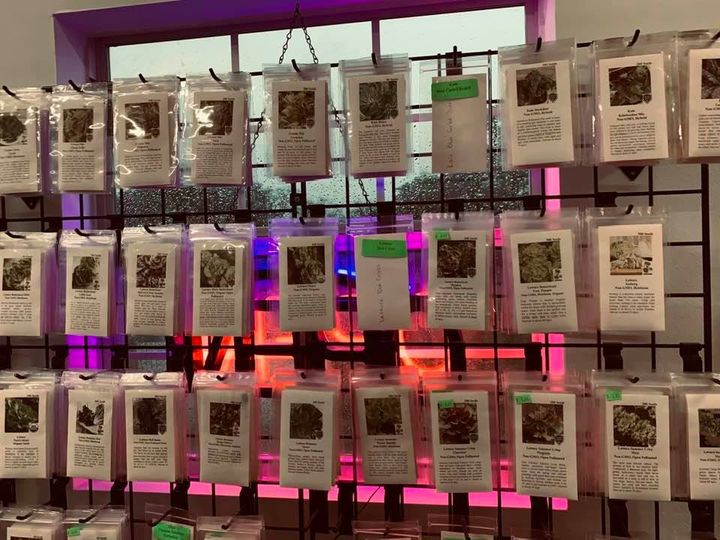 We sell about 1200 seed varieties. Each one has its own special needs so don't mix them under grow lights.
We sell about 1200 seed varieties. Each one has its own special needs so don't mix them under grow lights.I know very little about growing under grow lights. I do know this much: Your light needs to extend beyond the tray on all sides. Putting a 22 inch tray under a 12 inch light is not going to cut it. The light has to cover all parts of the tray. Most lights, especially the T-5, need to be set at 3 to 4 inches above the plants.
If you plant different types of seeds under one light, some of the plants will grow faster than others. You will have to raise the light, thus cutting down on the amount of light available to the slower growing plants.
When plants do not get enough light, they grow tall and thin (leggy) then fall over and die. Not all seeds will do good when started under a light. Some need good old sunshine. Putting seeds in a dark basement for germination probably will not produce good results. Many seeds require light to germinate. The soil temperature, not ambient (air temperature), needs to be just right for the type of seed you are planting.
Not all seeds have the same heat requirement. Some will need soil temps around 45° to 50° Fahrenheit and others will need it to be 60° to 70° while some will need 75° plus. Growers have sent me pictures with seeds that fit into each category, being started together. Some are doing good and some are not. When I ask what the soil temperature is, they give me the ambient temperature.
Some customers send pictures where they are using the dome and it is soaking wet. A soaking wet dome is not a good thing. It means there is too much moisture. Usually with the dome they are using a heat pad. I recommend using one or the other, but never both.
Sometimes, people just
forget to water. It happens to me so I am sure it happens to you as
well. If the seeds have started to germinate and then go dry, they die.
They will never break the surface and then you will be claiming that the
seeds are no good. If you are going to start seeds inside, you are
going to have to invest a small fortune into equipment.
By the way, I wrote this article on starting seeds inside from my own experiences. I did not watch it on YouTube or read it from any web articles. I have spent a small fortune on starting seeds inside, enough to know that it is not for me. Down here, it is necessary to start tomatoes indoors if we want spring tomatoes before the awful heat hits, usually in May. Once that happens, the tomatoes will no longer fruit. Of course, I live in south Texas where we can grow stuff outside almost all year. Read our other pages on growing inside and on germination tips.
Visit our website, David's Garden Seeds.com, for more garden tips.
Return from Starting Seeds Inside to Germination Tips
Anything To Share On This Topic?
Would you like to share additional information about this topic with all of us?
Since 2009, over 2,000,000 home gardeners, all across the USA, have relied on David's Garden Seeds® to grow beautiful, productive gardens. Trust is at the heart of it. Our customers know David's Garden Seeds® stocks only the highest quality seeds available. Our mission is to become your lifetime supplier of quality seeds. It isn't just to serve you once; we want to earn your trust as the primary supplier of all of your garden seeds.
Watch Our 2022 TV Commercial!
Sing Along To Our Jingle
♪♫♪♪ ♫ ♪ ♫♪♫♫
♪♫♪♪♫♫
Peppers and peas
And lots of yummy greens
You can't go wrong
With Squash This Long
At David's Garden Seeds
♪ ♫ ♪ ♫
Our New 2024 TV Ad
Please like and subscribe on YouTube and come visit us at our Farm Store! The music on our TV ad was written, played, and sung by our son, Matthew Schulze. You can meet him when you come to the farm. He just might give you a tour. Ask him to grab a guitar and sing our jingle that he wrote.

We are David's Garden Seeds®. If you need great seeds, we've got over 1,200 varieties to choose from.
Your second block of text...
Subscribe To Mrs. David's Garden Seeds® Newsletter For FREE!
Find out what is going on down on the farm by reading our blog and by subscribing to our free newsletter for all of the information going down at David's Garden Seeds® and on the farm. I love to share helpful information with you. Please let your friends know and y'all come on down for a visit when you get the chance. We would love to meet you!
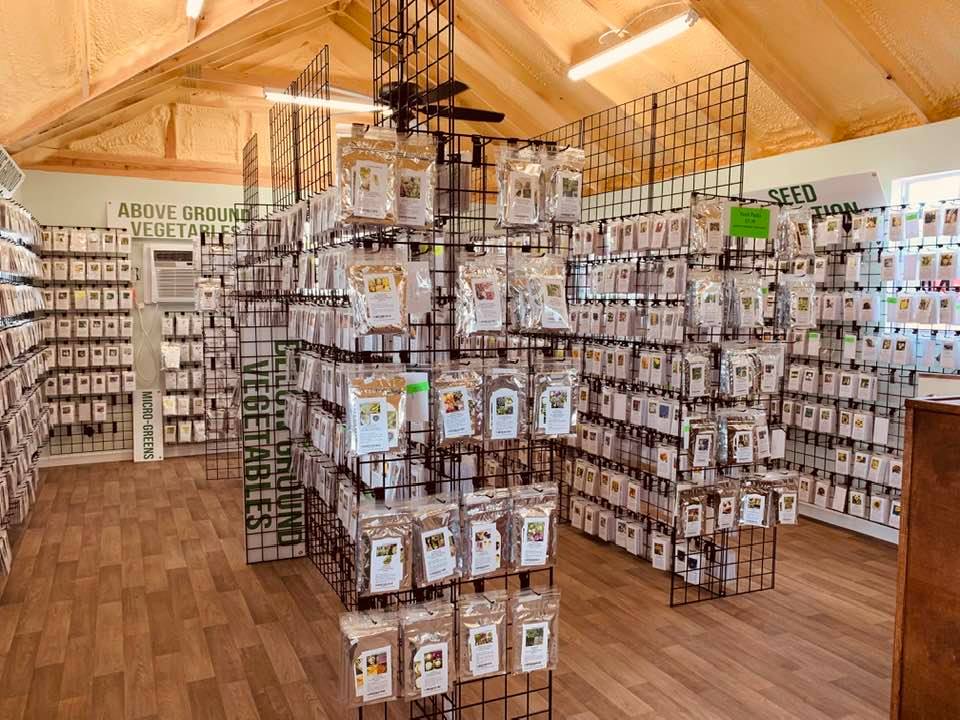
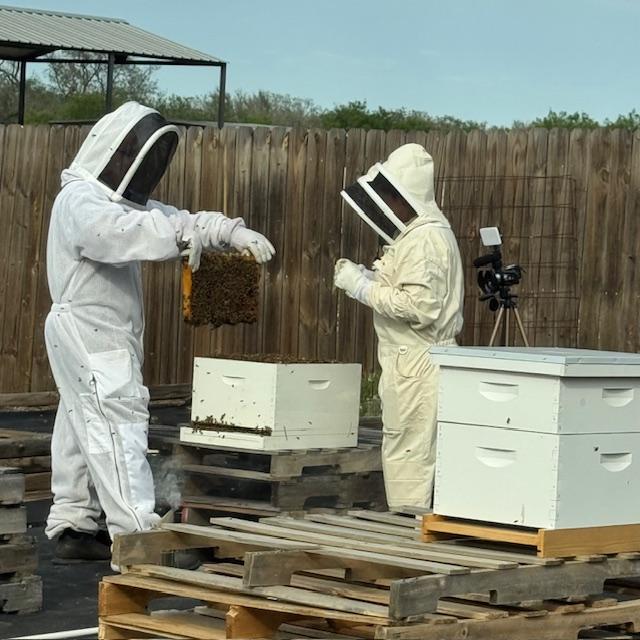 Our bee hives
Our bee hives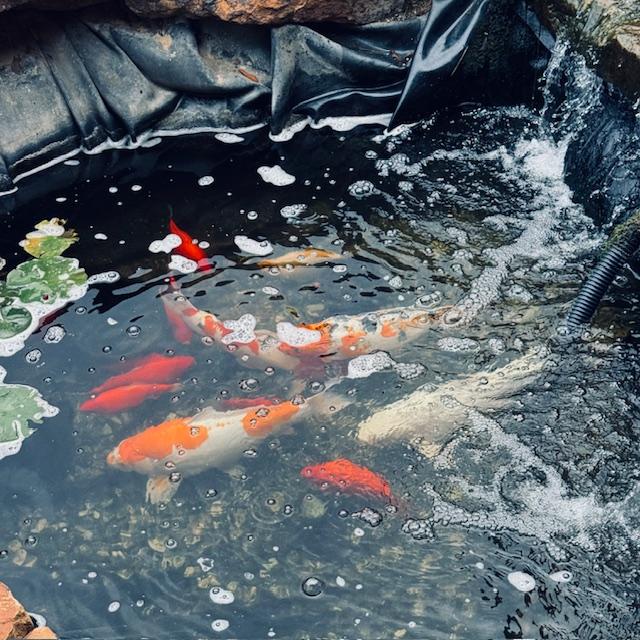 Our fish pond
Our fish pond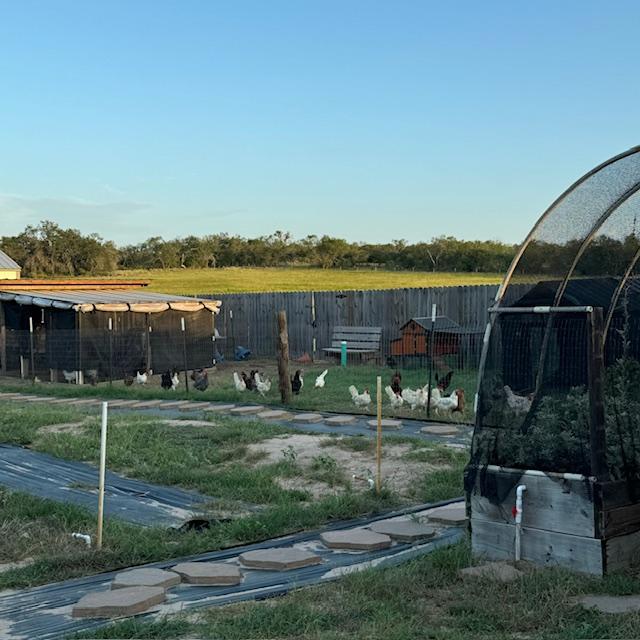 Our chickens
Our chickens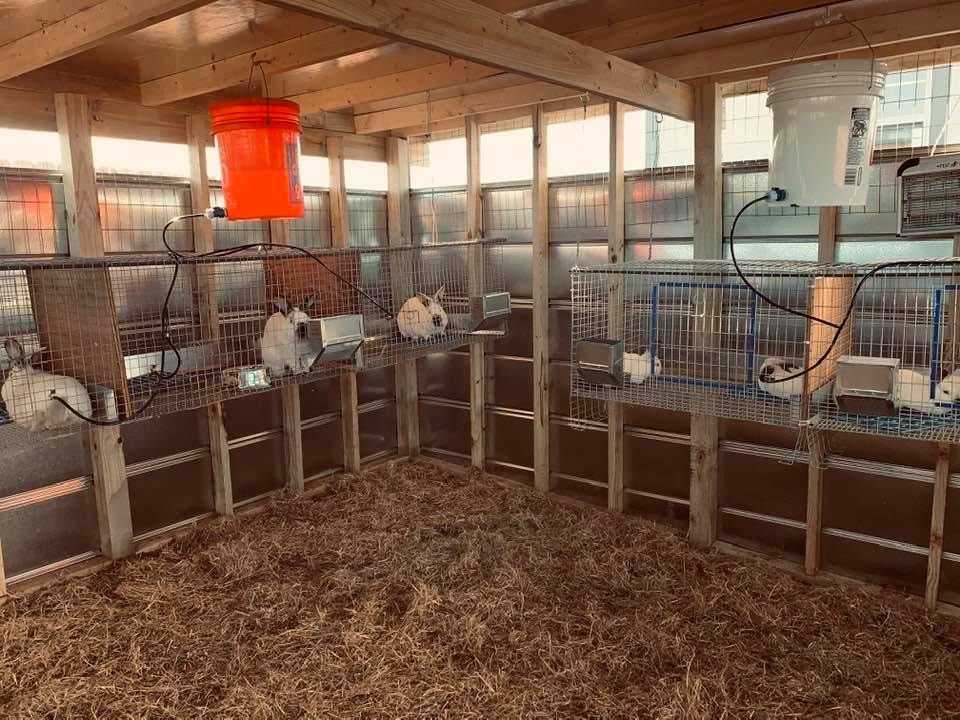 Our bunny rabbits
Our bunny rabbits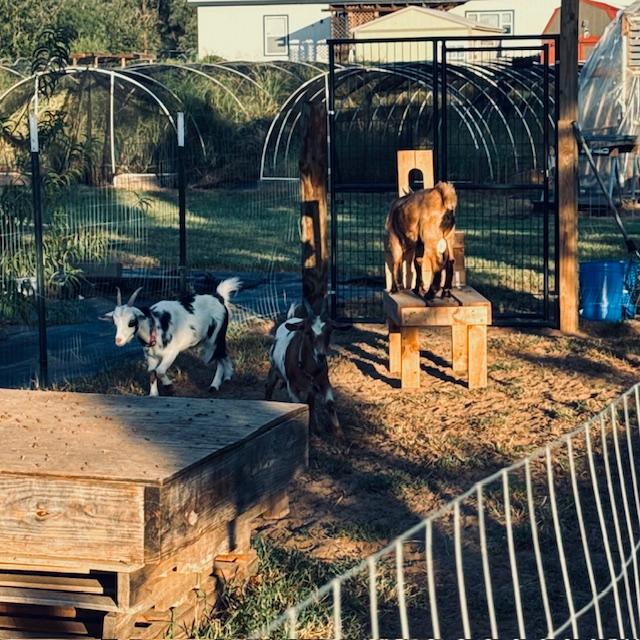 Our Nigerian Dwarf goats
Our Nigerian Dwarf goats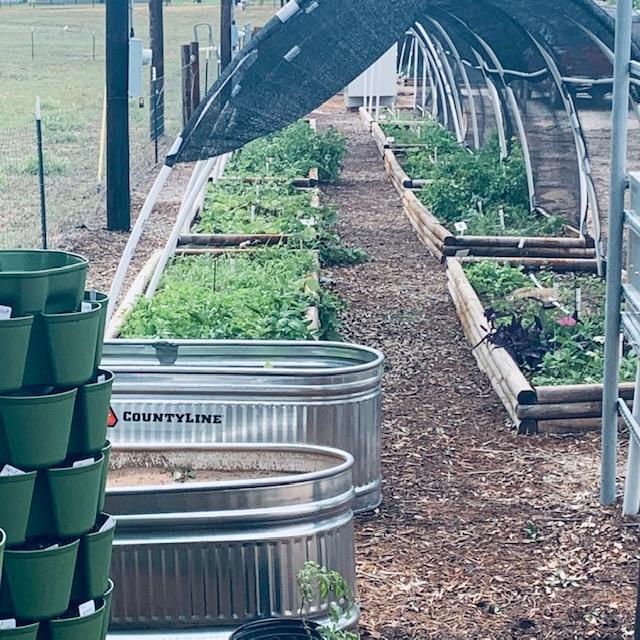 A few of our raised garden beds
A few of our raised garden beds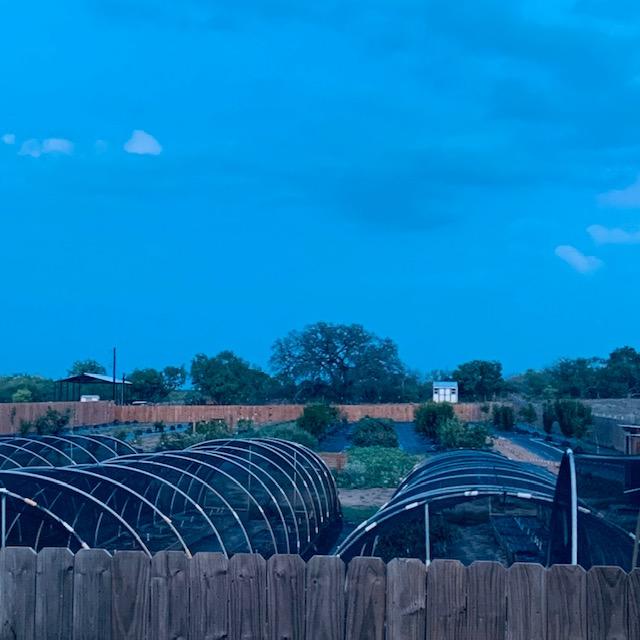 Our orchard and hoop houses
Our orchard and hoop houses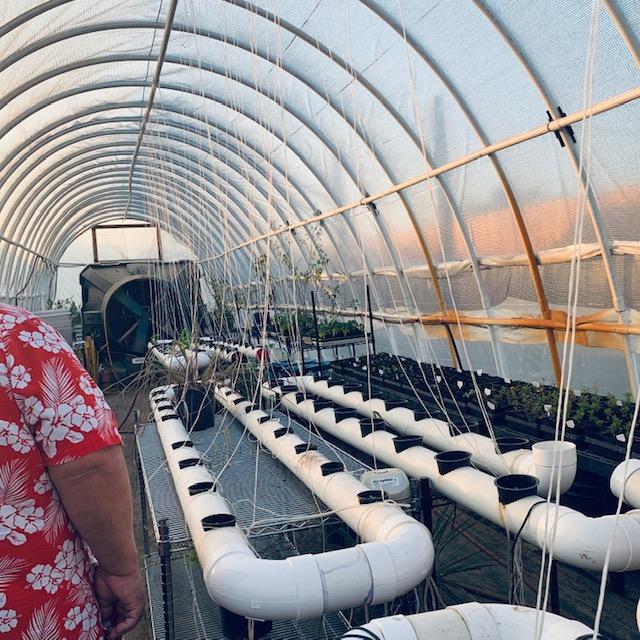 Inside our high tunnel
Inside our high tunnel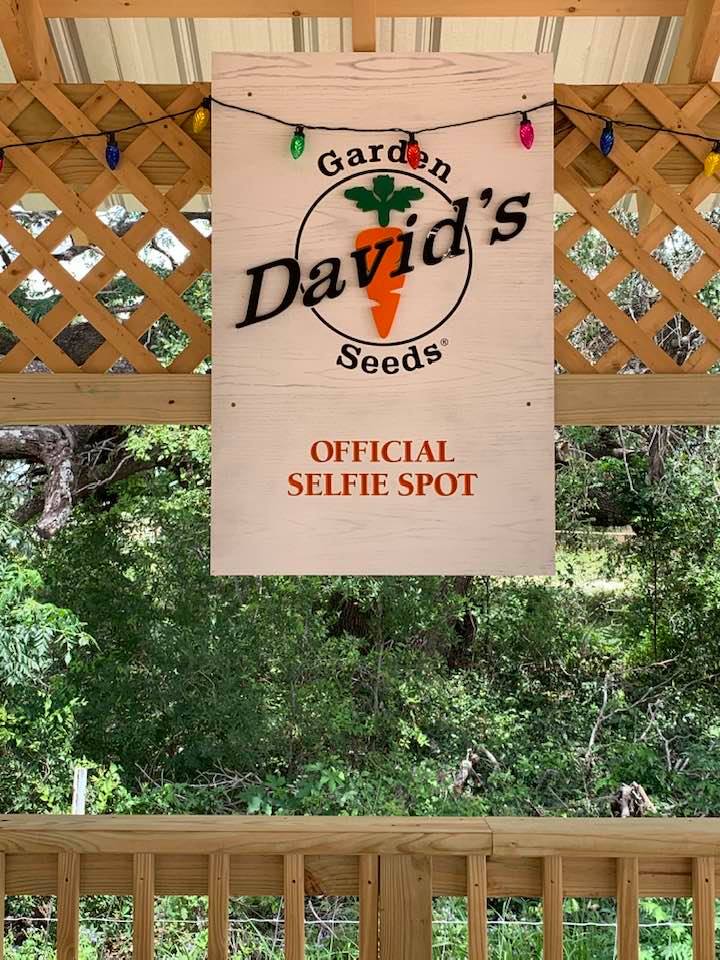 Take a selfie at our official selfie spot!
Take a selfie at our official selfie spot!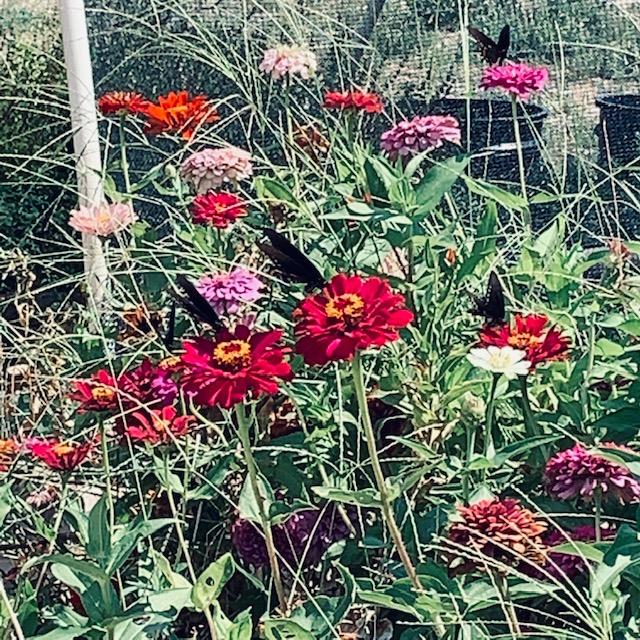 Flowers, bees, and butterflies are everywhere!
Flowers, bees, and butterflies are everywhere!